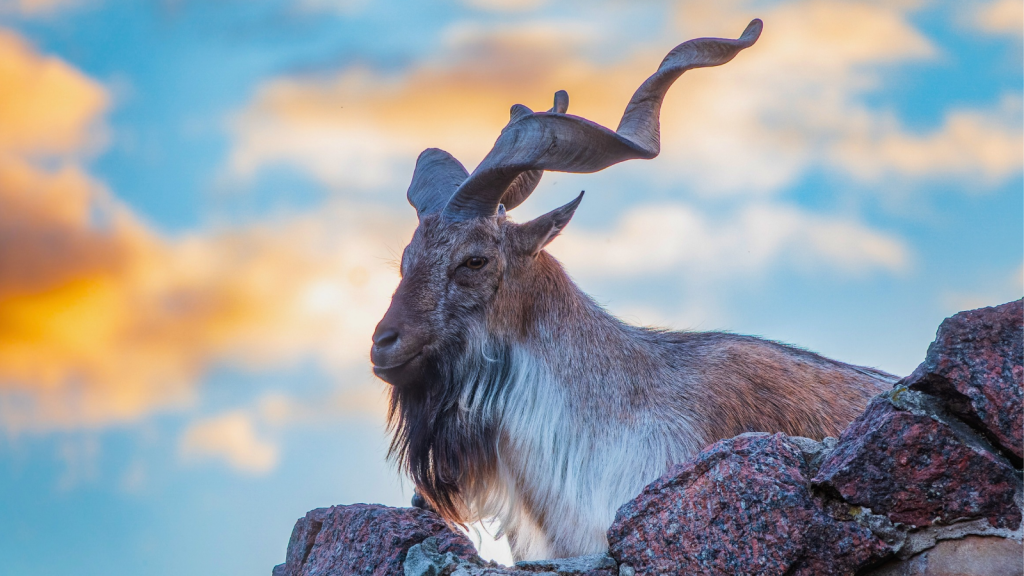The markhor, a majestic wild goat, roams the rugged mountains of Central and South Asia. As Pakistan’s national animal, this remarkable creature has captured the imagination of nature lovers worldwide. With its striking spiral horns and shaggy beard, the markhor cuts an impressive figure against the steep cliffs it calls home. But there’s more to this mountain dweller than meets the eye. From its clever adaptations to its unexpected behaviours, the markhor is full of surprises. Let’s explore some of the lesser-known facts about this fascinating animal that make it truly unique.
Corkscrew Horns That Keep Growing
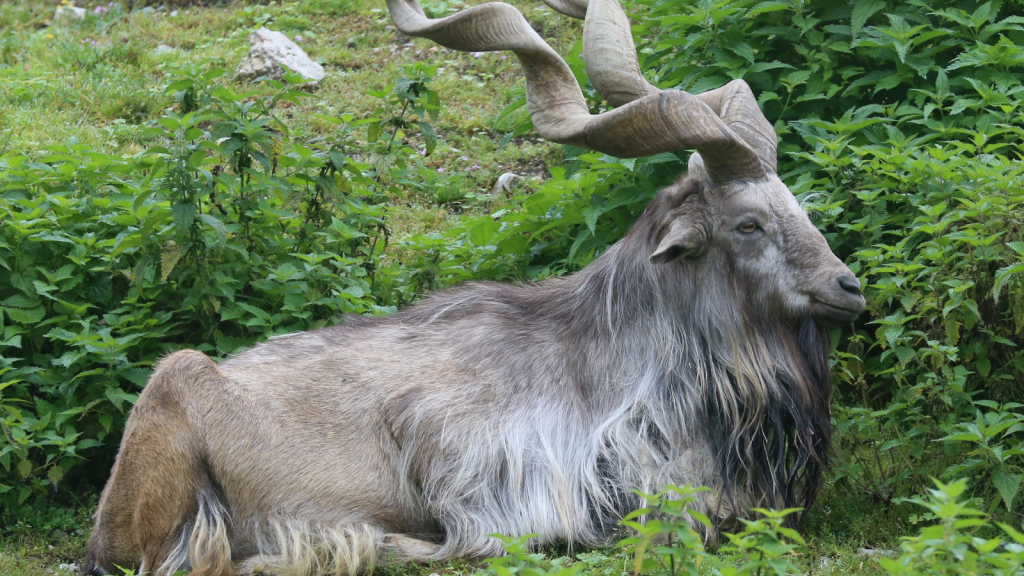
The markhor’s most distinctive feature is its impressive spiral horns. These twist like corkscrews and can grow up to 1.5 metres long in males. Amazingly, these horns never stop growing throughout the animal’s life, adding new growth rings each year. The unique spiral shape not only looks striking but also helps males lock horns more securely during mating battles.
Rock-Climbing Experts
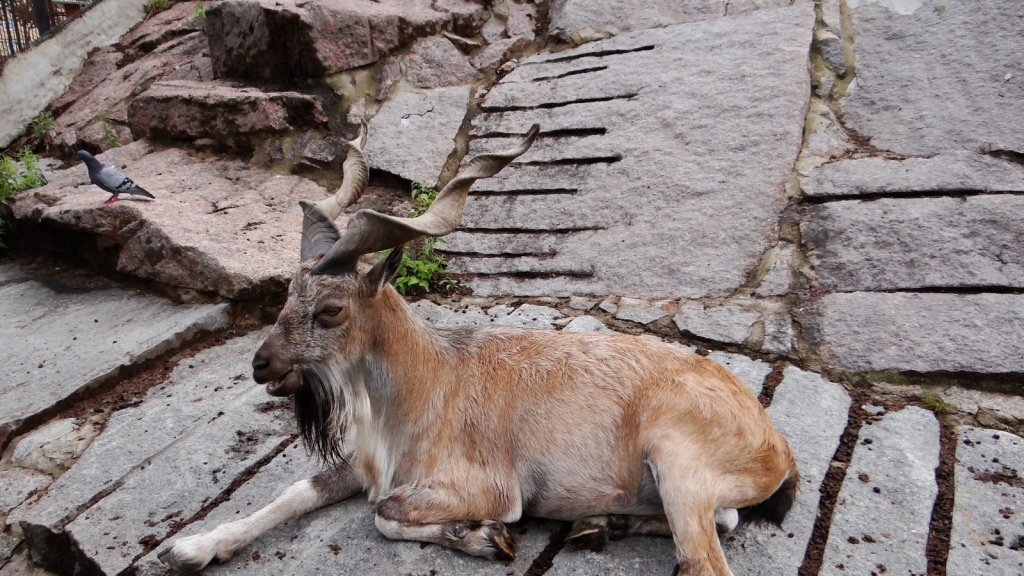
These agile animals are incredibly sure-footed. They can easily scale near-vertical cliff faces and leap between narrow ledges. Their split hooves with sharp edges and soft rubbery pads give them excellent grip on rocky terrain. This remarkable climbing ability allows markhors to reach nutritious plants and escape predators in areas inaccessible to other animals.
Winter Coats That Change Colour
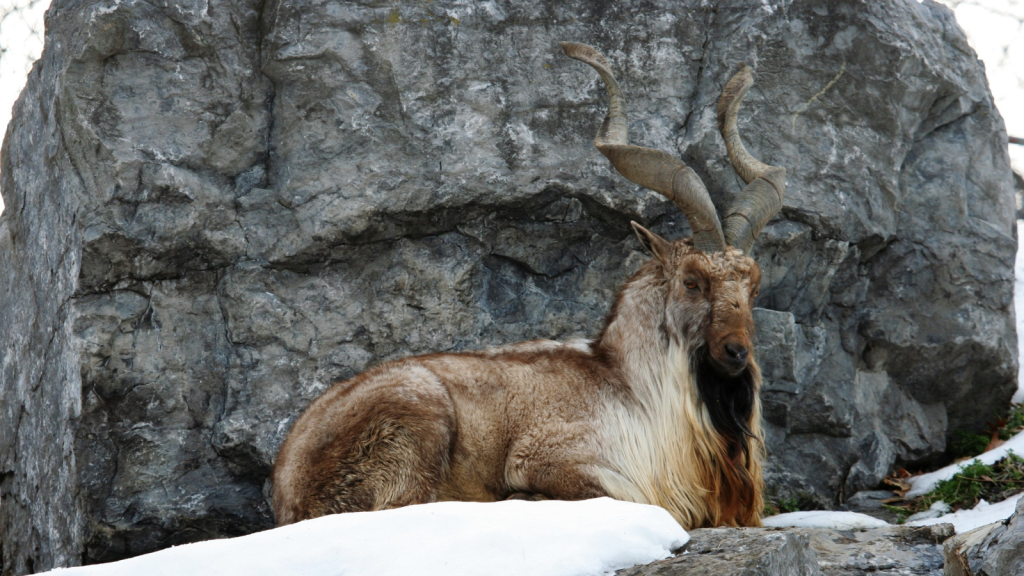
Markhors sport a thick, shaggy coat that changes with the seasons. In summer, it’s a light tan colour that helps them blend in with sun-bleached rocks. Come winter, their coat darkens to a rich reddish-brown, providing better camouflage against the bare mountain slopes. This colour-changing ability is crucial for their survival, helping them avoid detection by predators year-round.
They’re Excellent Swimmers
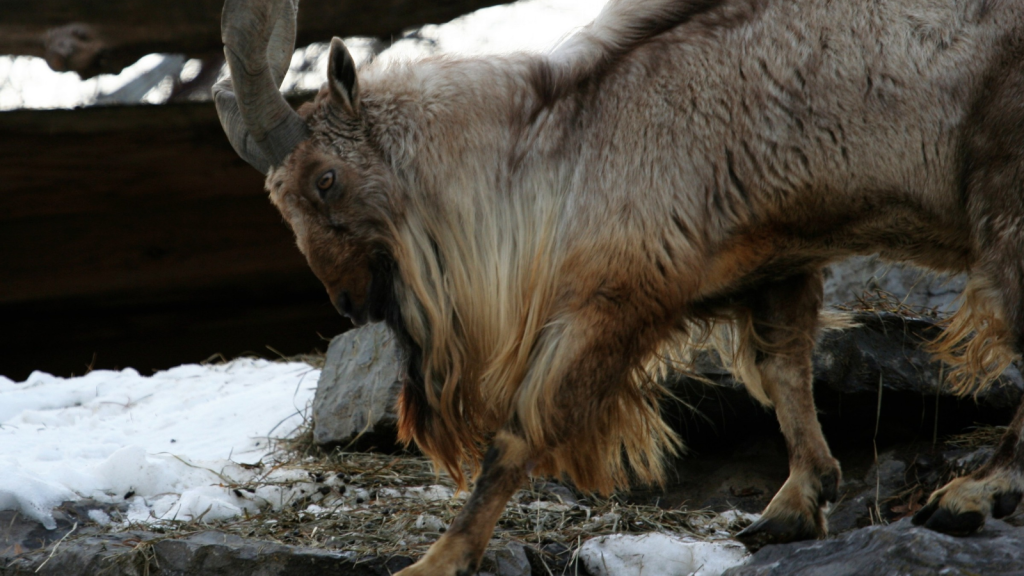
Despite living in mountainous areas, markhors are surprisingly good swimmers. They’ve been known to cross fast-flowing rivers during their seasonal migrations. This unexpected skill helps them access new feeding grounds and escape predators. Their swimming prowess is particularly useful during spring when melting snow causes rivers to swell.
A Taste for Tree Bark
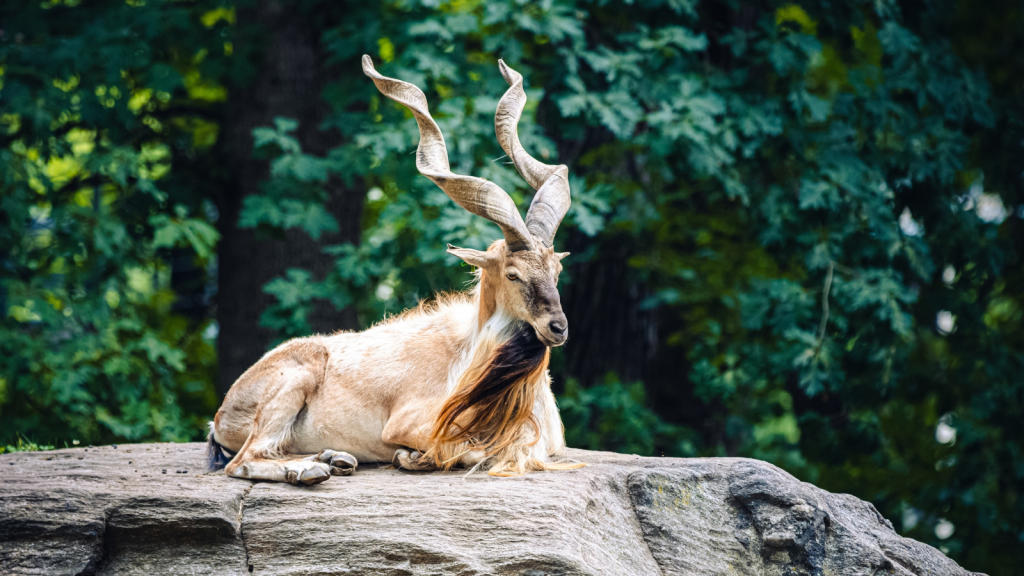
Unlike many other goats, markhors often stand on their hind legs to reach leaves and bark high up on trees. They’ve even been spotted climbing low branches to munch on tasty morsels out of reach to other animals. This unique feeding behaviour allows markhors to access a wider range of nutrients, especially during harsh winter months when ground vegetation is scarce.
They Can Live for Over 12 Years
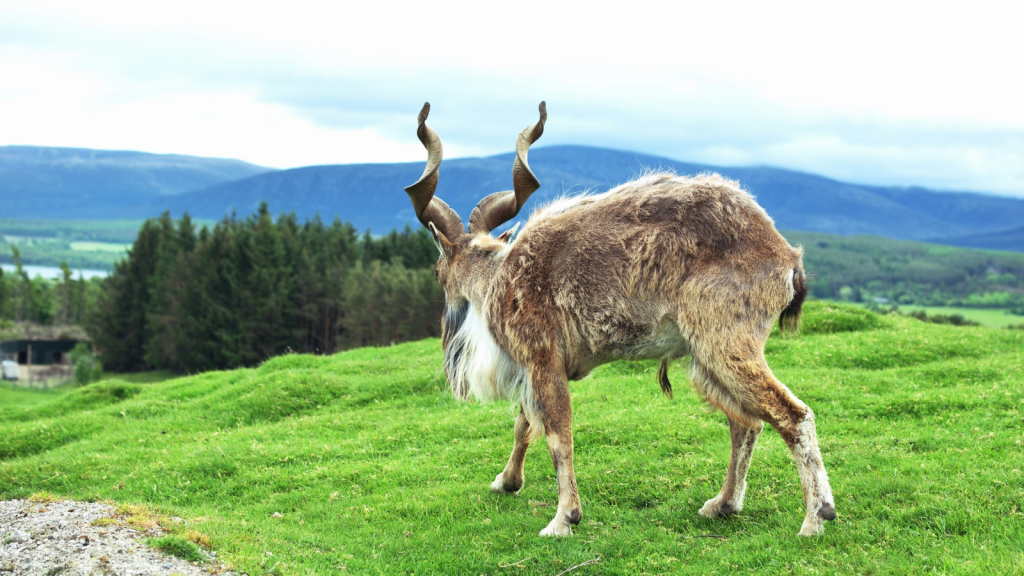
In the wild, markhors can live for more than a decade. This is quite impressive given the harsh mountain environment they inhabit. Their longevity is a tribute to their hardiness and adaptability. In captivity, with proper care and absence of predators, markhors have been known to live even longer, sometimes reaching up to 20 years.
Males Fight by Twisting Their Horns Together
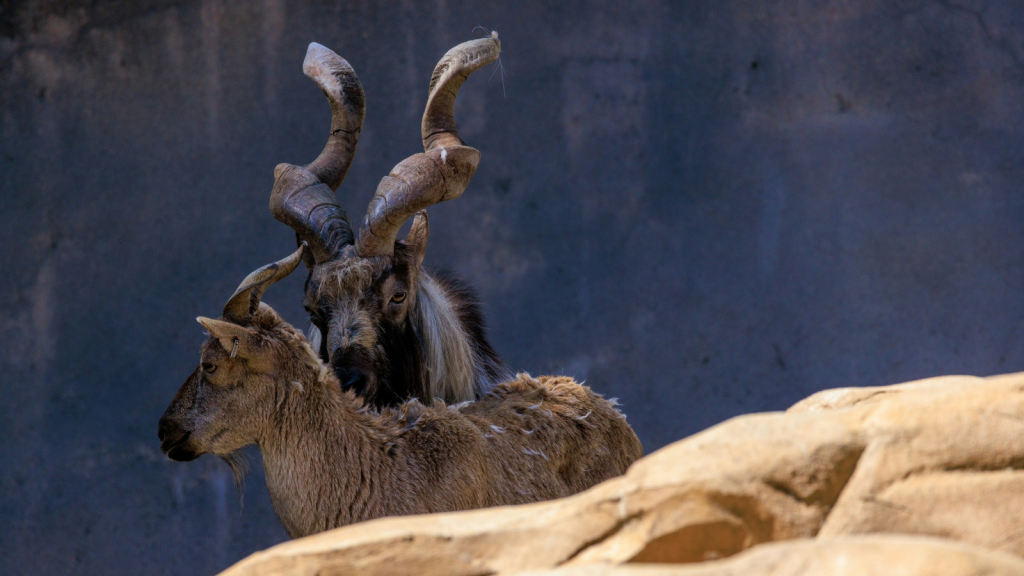
During mating season, male markhors engage in spectacular battles. They rear up on their hind legs and twist their massive horns together, pushing and shoving until one gives up. These contests can last for hours and are quite a sight to behold. The winner of these battles earns the right to mate with females in the area, ensuring only the strongest genes are passed on.
They’re Related to Domestic Goats
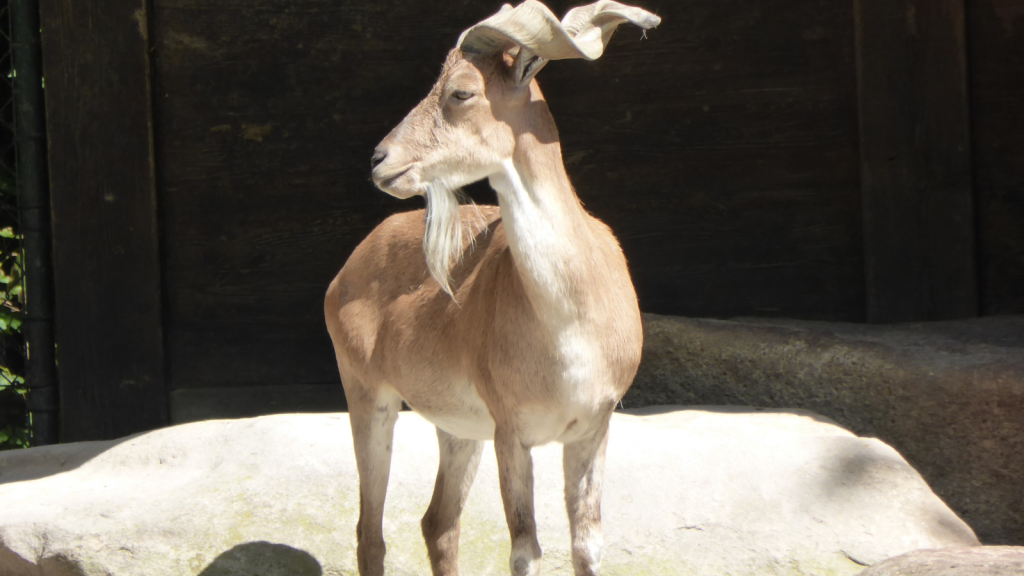
Markhors are part of the same genus as domestic goats. Some scientists believe they might have contributed to the genetic makeup of some domestic goat breeds. This connection highlights the markhor’s importance in the history of animal domestication. Studying markhors can provide valuable insights into the evolution and behaviour of domestic goats.
Their Name Means “Snake Eater”
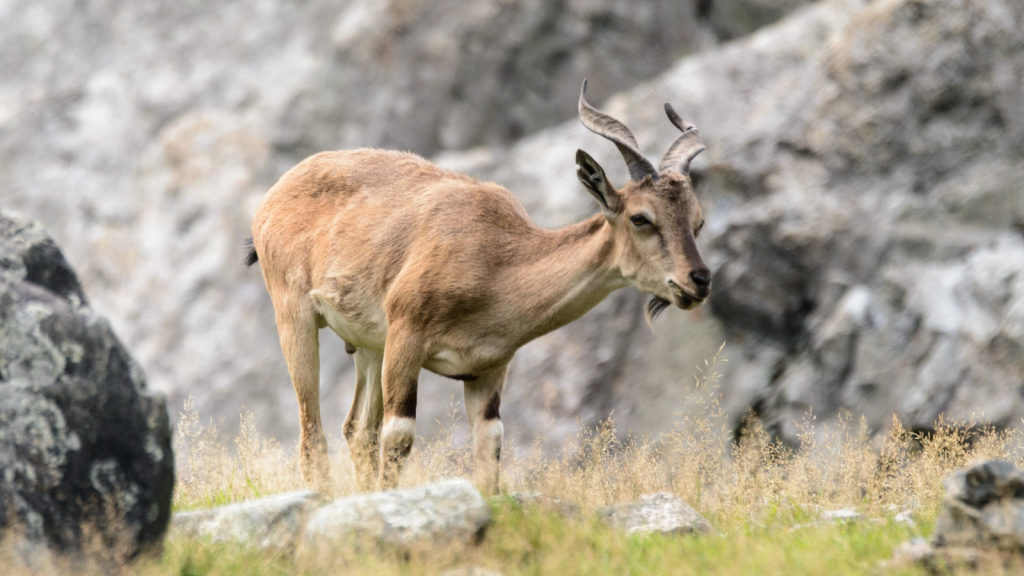
The word “markhor” comes from Persian, roughly translating to “snake eater”. While they don’t actually eat snakes, this name might come from their ability to kill snakes, or from the serpentine shape of their horns. This intriguing name has added to the markhor’s mystique and has been the subject of many local legends and stories.
They’re Master Balancers
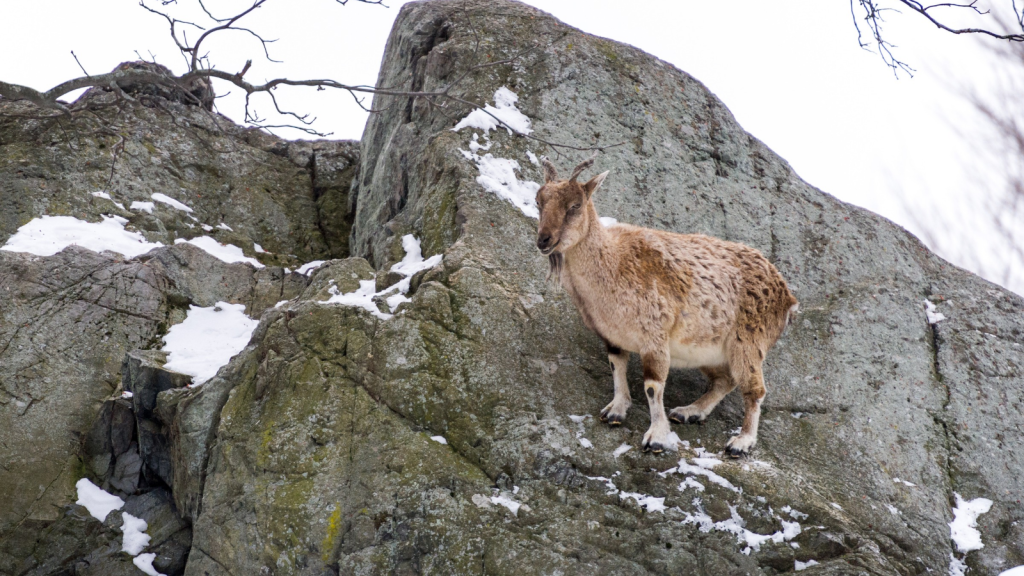
Markhors can maintain perfect balance on the tiniest of ledges. They’ve been seen standing comfortably on rock outcrops barely wider than their hooves, seemingly defying gravity as they survey their mountainous domain. This incredible balance, combined with their climbing skills, allows markhors to utilise food sources and escape routes that are out of reach for most other animals.
Females Form Nursery Groups
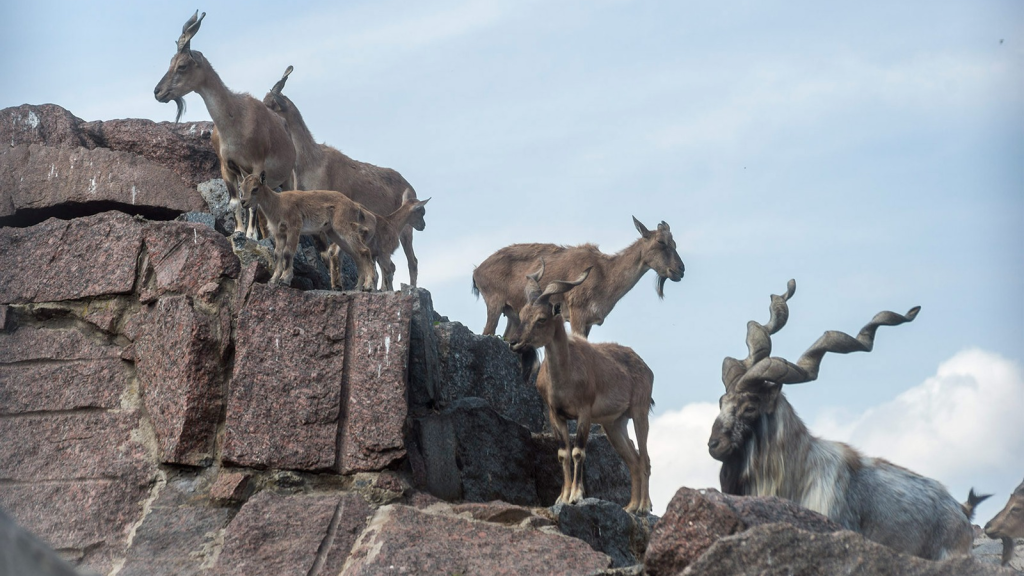
Female markhors often band together in small groups to raise their young. These nursery groups provide extra protection for kids and allow mothers to take turns watching over the young while others feed. This cooperative behaviour significantly increases the survival rate of young markhors in their challenging mountain habitat.
They’re Considered Sacred in Some Cultures
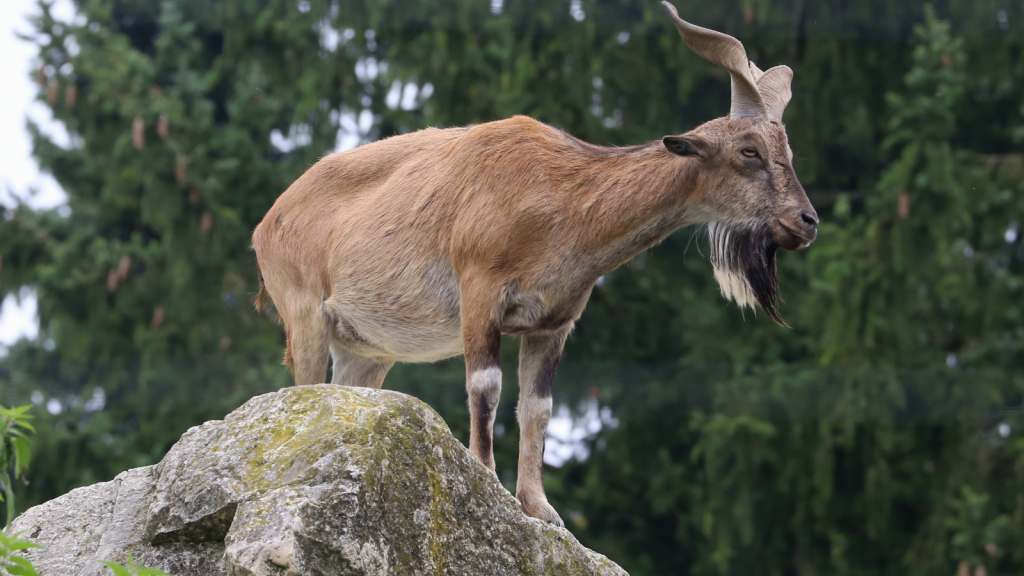
In parts of their range, markhors are viewed as sacred animals. Some local folklore tells of markhors leading lost travellers to safety. This cultural significance adds another layer to the markhor’s importance beyond its ecological role. The reverence for markhors in these cultures has sometimes helped in their conservation, as local people are more inclined to protect an animal they consider sacred.
Meet the Wolf Spider | One of Britain’s Biggest Spiders

Wolf spiders are a remarkable group of arachnids found across the UK and around the world. These agile hunters get their name from their wolf-like hunting style, actively chasing down prey rather than spinning webs. With their large eyes and hairy bodies, wolf spiders might look intimidating, but they’re actually quite beneficial to gardens and homes. These spiders help control pest populations and are generally harmless to humans. From their unique parenting techniques to their impressive hunting skills, wolf spiders are full of surprises.
Read More: Meet the Wolf Spider | One of Britain’s Biggest Spiders
Becky is a fervent wildlife enthusiast and pet care expert with a diploma in canine nutrition. Her love for animals stretches beyond the domestic, embracing the wild tapestry of global fauna. With over a decade of experience in animal welfare, Becky lends her expertise to OutlandishOwl through insightful articles, captivating wildlife information, and invaluable guidance on pet nutrition. Her work embodies a deep commitment to understanding the intricate lives of animals and a passion for educating others on sustaining natural habitats. Becky's hands-on conservation efforts and her knack for translating complex dietary science into practical pet feeding tips make her an indispensable voice for creatures great and small.

